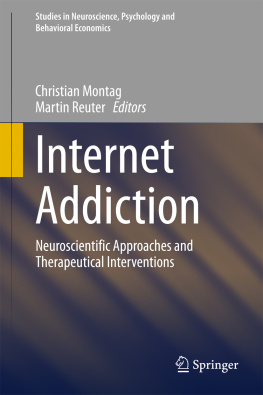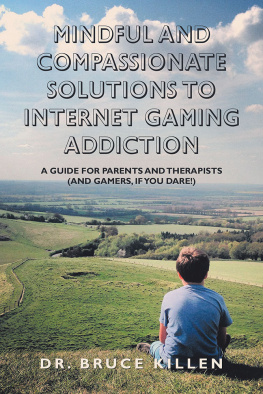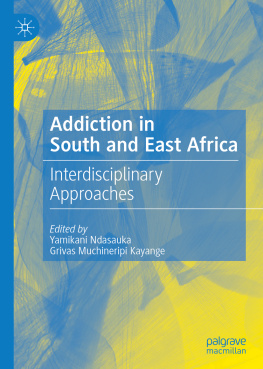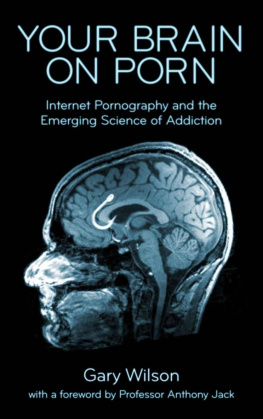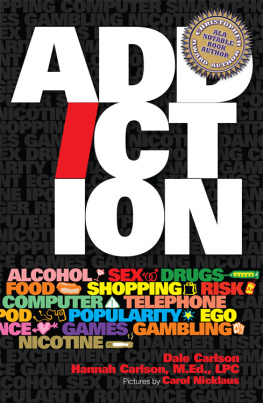Springer International Publishing Switzerland 2015
Christian Montag and Martin Reuter (eds.) Internet Addiction Studies in Neuroscience, Psychology and Behavioral Economics 10.1007/978-3-319-07242-5_1
1. The Evolution of Internet Addiction Disorder
Abstract
This chapter presents the history and evolution of Internet addiction and describes the risk factors identified. As the problem has become more widespread, new studies examine the neuroscientific causes of Internet addiction and ways that the disorder may be treated primarily using behavior therapy, cognitive-behavioral techniques, and residential care. The chapter also provides the theoretical frameworks to understand the etiologic models or causal factors associated with the development of Internet addiction including a brief overview of the neuroscientific studies recently done. Finally, this chapter reviews the current treatment models used in Internet addiction recovery. As an introduction to this book, it is hoped this chapter gives a historical context of the disorder and promotes future areas of research as new studies in the field continue to emerge.
1.1 Introduction
Internet addiction was first researched in 1996 and findings were presented at the American Psychological Association. The study reviewed over 600 cases of heavy Internet users who exhibited clinical signs of addiction measured through an adapted version of the DSM-IV criteria for Pathological Gambling (Young ). Since then, subsequent studies over the past decade have examined various aspects of the disorder. Early studies attempted to define Internet addiction and examined behavior patterns that differentiated compulsive from normal Internet usage. More recent studies investigated the etiologic factors or causes associated with the disorder. Much of this examined the impact of computer-mediated communication on the way people will adapt to interactive features of the Internet and initial studies from the United States spread into countries such as Taiwan, Russia, China, and the United Kingdom.
As the problem has become more widespread, new studies examine the neurological causes of Internet addiction and ways that the disorder may be treated primarily using behavior therapy, cognitive-behavioral techniques, and residential care. This chapter presents the history and evolution of Internet addiction and describes the risk factors identified. The chapter also provides the theoretical frameworks to understand the etiologic models or causal factors associated with the development of Internet addiction including a brief overview of the neurological studies recently done. Finally, this chapter reviews the current treatment models used in Internet addiction recovery. As an introduction to this book, it is hoped this chapter gives a historical context of the disorder and promotes future areas of research as new studies in the field continue to emerge.
1.1.1 Diagnosis of Internet Addiction
Diagnosis of Internet addiction is often complex. Unlike chemical dependency and substance abuse, the Internet offers several direct benefits as a technological advancement in our society and not a device to be criticized as addictive. Individuals can conduct research, perform business transactions, access libraries, communicate, and make vacation plans. Books have been written outlining the psychological as well as functional benefits of the Internet in our lives. By comparison, alcohol or drugs are not an integral or necessary part of our personal and professional lives nor do these substances offer any health benefit. With so many practical uses of the Internet signs of addiction can easily be masked or justified. Further, clinical assessments often cover relevant disorders for psychiatric conditions and addictive disorders. However, given its newness, symptoms of Internet addiction may not be revealed in an initial clinical interview. While self-referrals for Internet addiction are becoming more common, often the client does not present with complaints of computer addiction. People may initially present with signs of depression, bi-polar disorder, anxiety, or obsessive-compulsive tendencies, only for the treating professional to later discover signs of Internet abuse upon further examination (Shapiro et al. ). Therefore, diagnosing Internet addiction upon clinical interview can be challenging. It is important to understand the current definitions of Internet addiction to help treating professionals screen for patients for compulsive use of the Internet and the evolution of Internet addiction as a disorder as part of the assessment process.
1.1.2 The Evolution of Internet Addiction
While time is not a direct function in diagnosing Internet addiction, early studies suggested that those classified as dependent online users were generally excessive about their online usage, spending anywhere from 40 to 80 h/week on recreational or private use of the Internet with sessions that could last up to 20 h (Young ). Sleep patterns were disrupted due to long Internet sessions where addicts often took caffeine pills to facilitate longer Internet sessions and suffered from fatigue, poor diet, poor exercise, work and/or school performance due to loss of sleep.
The best method to clinically detect compulsive use of the Internet is to compare it against criteria for other established addictions. Researchers have likened Internet addiction to syndromes similar to impulse-control disorders on the Axis I Scale in the DSM (APA ) that conceptualized the criteria for the disorder as follows:
Do you feel preoccupied with the Internet (think about previous online activity or anticipate next online session)?
Do you feel the need to use the Internet with increasing amounts of time in order to achieve satisfaction?
Have you repeatedly made unsuccessful efforts to control, cut back, or stop Internet use?
Do you feel restless, moody, depressed, or irritable when attempting to cut down or stop Internet use?
Do you stay online longer than originally intended?
Have you jeopardized or risked the loss of significant relationship, job, educational or career opportunity because of the Internet?
Have you lied to family members, therapist, or others to conceal the extent of involvement with the Internet?
Do you use the Internet as a way of escaping from problems or of relieving a dysphoric mood (e.g., feelings of helplessness, guilt, anxiety, depression)?
Answers evaluated non-essential Internet usage such as for non-business or academically related use. Subjects were considered dependent when answering endorsing five or more of the questions over a six-month period not associated with manic or hypomanic episodes. Associated features included neglect of routine duties or life responsibilities, social isolation, and being secretive about online activities or a sudden demand for privacy when online.
Throughout the late 1990s2000s, the IADQ was widely used in studies on Internet addiction. As researchers adapted the IADQ, some made refinements to the instrument. Beard and Wolf ().
The most recent acceptance of Internet addiction is the inclusion of Internet Use Gaming Disorder in Sect. will include conditions that require further research before their consideration as formal disorders, as well as cultural concepts of distress, the names of individuals involved in DSM-Vs development, and other information. As a new condition, including it in the DSM-V will provide a standardized set of criteria for future studies.

